Newsletter Archive Oct. 7, 2022
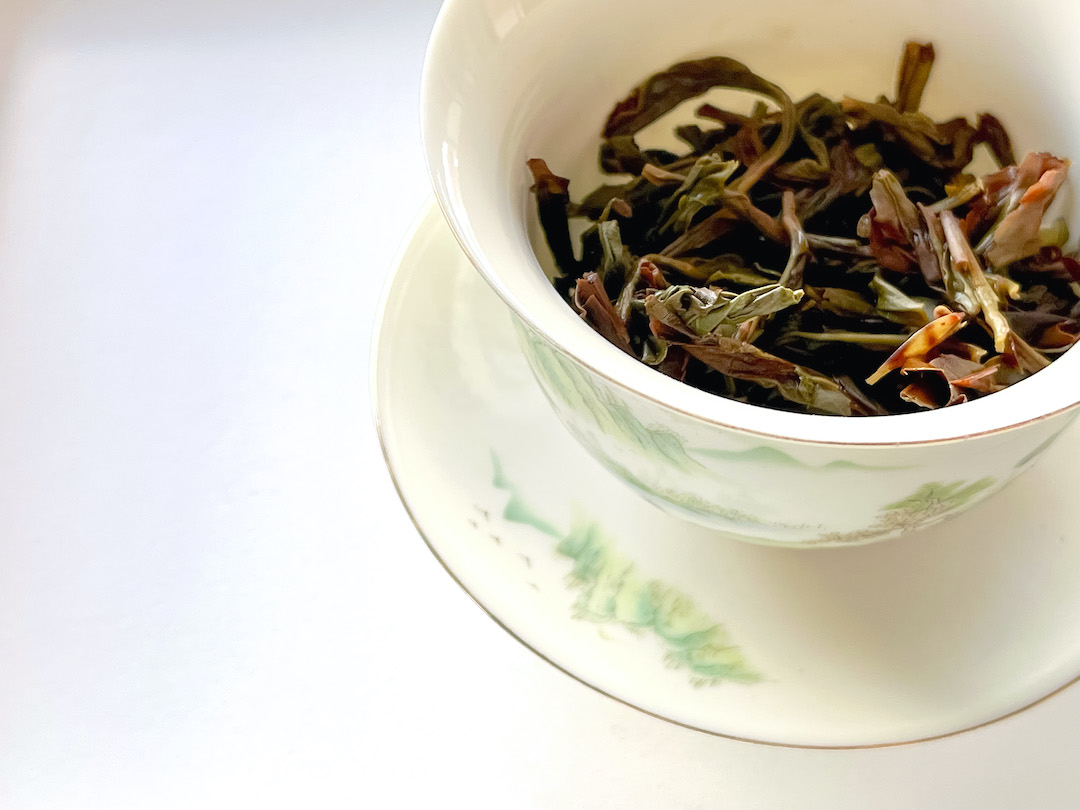
Dan Cong wulong is a tea of contrasts – it’s potent and nuanced, it’s both sharp and mellow, it’s astringent and sweet all at once. This year, we selected a micro-lot to celebrate the dynamism of the Dan Cong style. Welcome Jianghua Xiang (Ginger Flower).
If you’re a Tasting Flight subscriber, you’ll automatically get a 25 gram bag of Jianghua Xiang (along with another very nice selection) in this month’s delivery. If you’re not a Tasting Flight subscriber, you can still sign up and not miss the month.
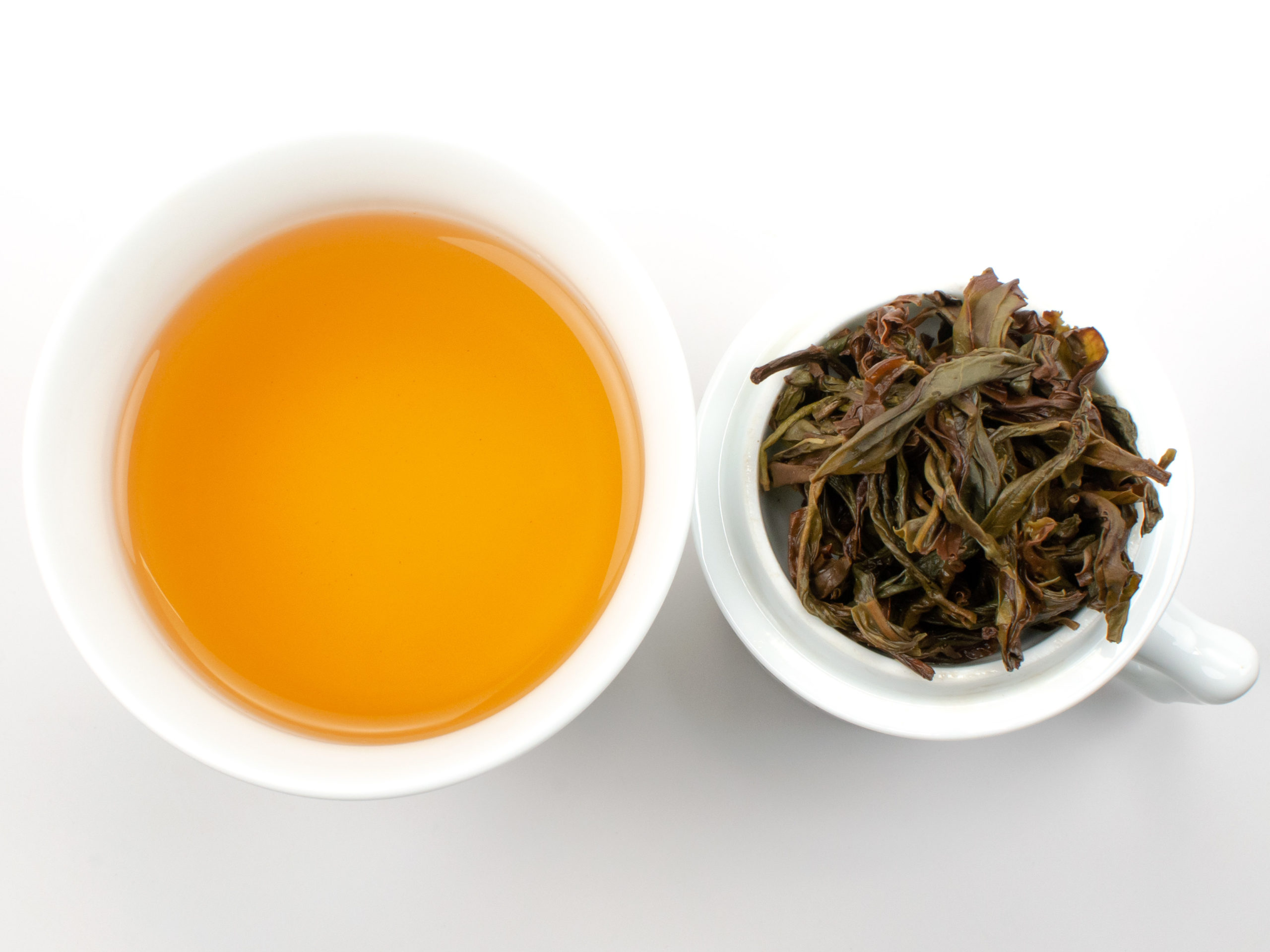
The heady flavors of Dan Cong wulong are not for everybody. It’s a style of tea developed over centuries according to the local tastes of the extraordinary people of the Phoenix Mountains in the Chaozhou region of China.
Chaozhou is located on China’s southeastern coast. Its famously complex dialect of Chinese has survived in relative isolation and is arguably closer to the language of ancient China than standard Mandarin. The Chaozhou region was a popular far-off location for the imperial court to exile its dissident officials during feudal times. Even an emperor himself found his way to exile here in the very final days of the Song Dynasty. The area’s first tea seeds took root here about that same time. According to legend, they were dropped from the beak of a phoenix to soothe the thirst of that final emperor.
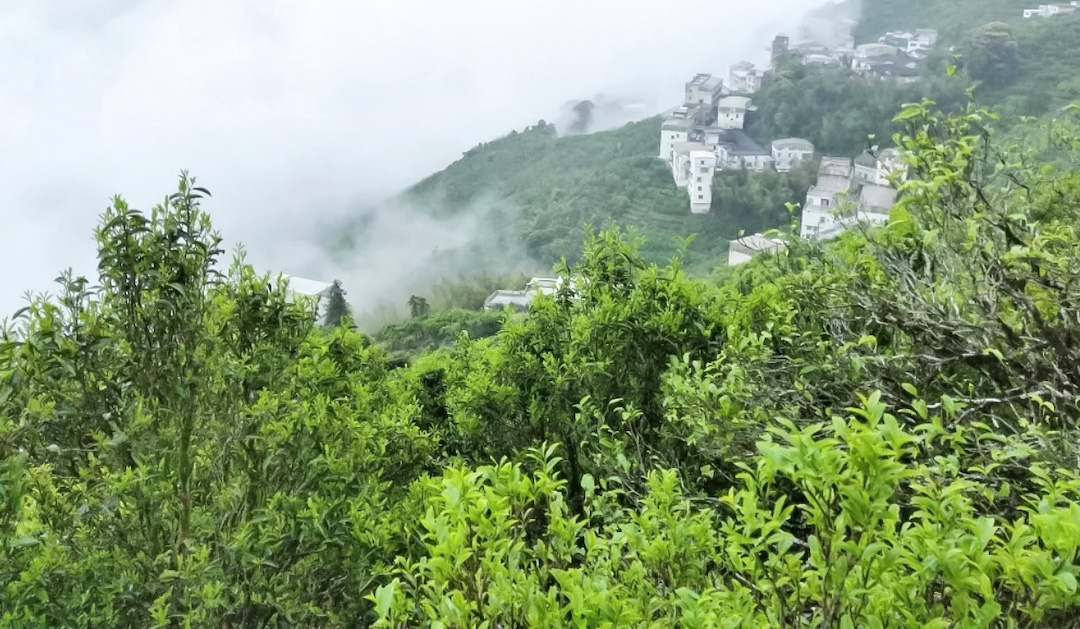
The following hundreds of years of husbandry gave rise to tea plants unlike any those in other region of the world. The tea plants of Dan Cong grow much larger than the common small-leaf shrubs of Camellia sinensis var. sinensis found elsewhere in eastern China, but they’re still smaller than the large-leaf C. sinensis var. assamica found in western China. Grafting and cross-pollination have yielded varieties often named for the flowers that are akin to their fragrance (e.g. Magnolia, Snow Orchid, and Yellow Sprig).
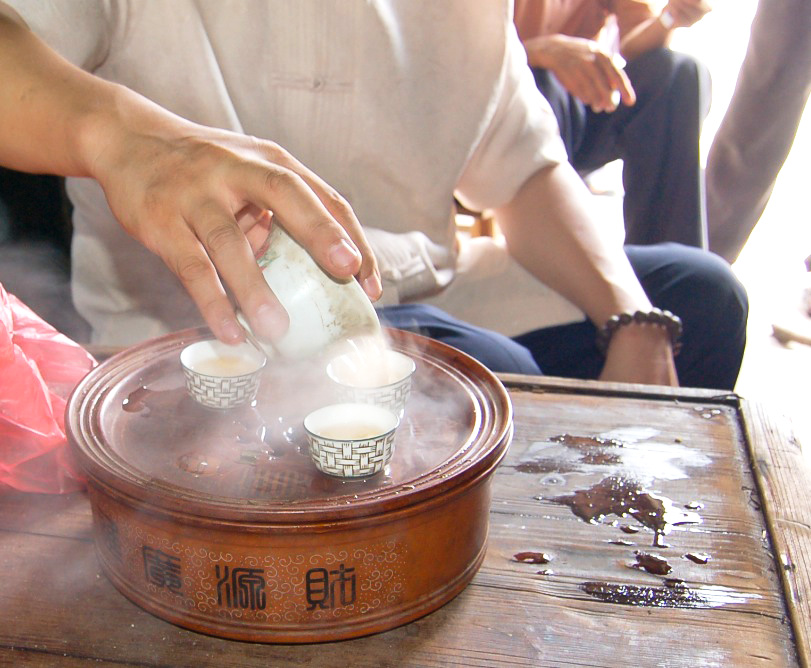
Dan Cong wulong is only one aspect of this deep regional tea culture. Chaozhou’s treasures also include a culture of Zhuni clay teapots thrown on a wheel, rather than sculpted like those made in Yixing. What’s more, the style of preparing tea that many people call gong fu cha or “Chinese tea ceremony” stems from the tea culture of the Chaozhou region, interpreted by way of Taiwan in the 1980s. You’ll find the original version visible throughout Chaozhou today. Walnut-sized cups of strong Dan Cong are there to greet guests with plenty of warmth and little pretense at the office, the corner store, the car wash, or wherever your business takes you.
If you already know Dan Cong and the Chaozhou region, you’ll find this micro-lot of Ginger Flower true to its type. If you are just getting to know Dan Cong wulong, enjoy this opportunity to find out what this singular style and origin has to offer.
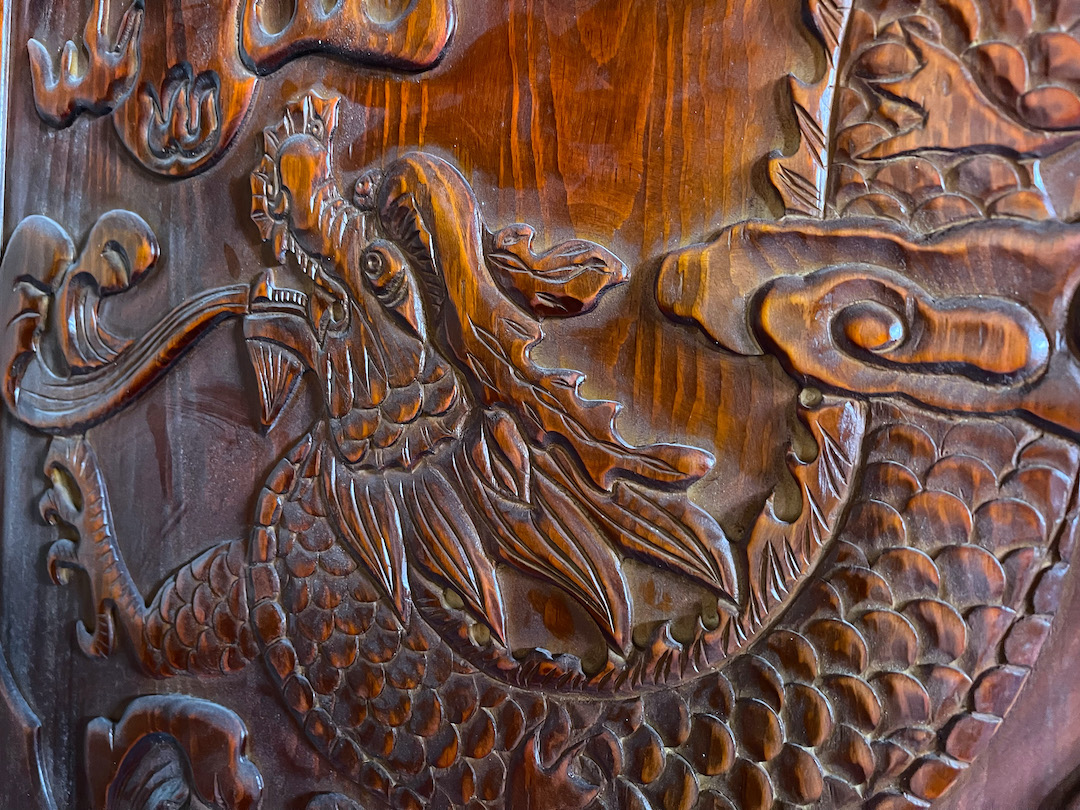
Teahouse Update
We’re still hard at work setting things up in the new teahouse. Soon, the little wooden dragon above will be dusted off and ready for service. In the meantime, our online shop is still open throughout construction.
